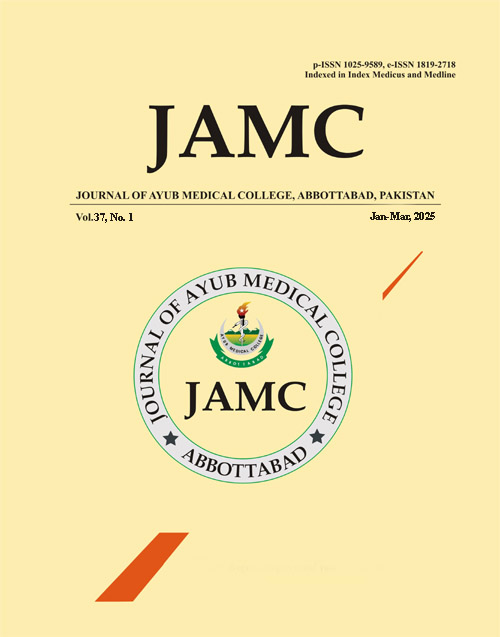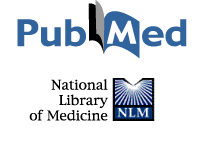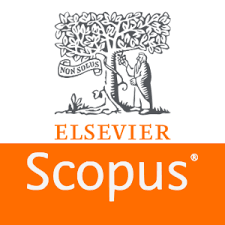PROCEDURAL SUCCESS AND IN HOSPITAL COMPLICATIONS OF CHRONIC TOTAL OCCLUSION PERCUTANEOUS CORONARY INTERVENTION
DOI:
https://doi.org/10.55519/JAMC-02-13530Keywords:
Chronic Total Occlusion; Coronary Arteries; Thrombosis in Myocardial Infarction; Percuta-neous Coronary Intervention; Left Ventricular FunctionAbstract
Background: Chronic total occlusion (CTO) recanalization had been considered as technically challenging procedure with low chances of successful recanalization. The aim this study is to find out the rate of procedural success and complications associated with revascularization of CTO. Methods: This is a retrospective observational study. Records of 243 patients presenting to Peshawar Institute of Cardiology were analyzed form 1st April 2021 till 31st March 2024, who had PCI for CTO lesions. Results: Among 243 patients analyzed 70.4% were male and 29.6% were females. J-CTO score was used to assess the complexity of the lesion. Mean J-CTO score was 2.4±0.97. LAD was the commonest CTO vessel requiring revascularization. Highest success rate (95%) was seen with “easy” lesions (J-CTO <1) and shows a significant association at p value >0.05. Overall complication rate was very low. Two patients (0.82%) had mortality. Coronary perforation was the gravest complication. Conclusion: CTO recanalization is a complex procedure which requires different skillset. Our success rate is lower than international figures which emphasizes on the necessity of advanced training in this domain of coronary intervention. Fortunately, our complication rate closely resembles to global data ensuring safety of our procedures.
References
1. Hafeez Y, Varghese V. Chronic total occlusion of the coro-nary artery. StatPearls [Internet]. 2020 Aug 10 [cited 2024 June 18]. Available from: https://www.ncbi.nlm.nih.gov/books/NBK544248/
2. Dash D. Guidewire crossing techniques in coronary chronic total occlusion intervention: A to Z. Indian Heart J 2016;68(3):410–20.
3. Galassi AR, Tomasello SD, Reifart N, Werner GS, Sianos G, Bonnier H, et al. In-hospital outcomes of percutaneous coro-nary intervention in patients with chronic total occlusion: insights from the ERCTO registry. EuroIntervention 2011;7(4):472–9.
4. Morino Y, Kimura T, Hayashi Y, Muramatsu T, Ochiai M, Noguchi Y, et al. In-hospital outcomes of contemporary per-cutaneous coronary intervention in patients with chronic to-tal occlusion: insights from the J-CTO Registry. JACC Car-diovasc Interv 2010;3(2):143–51.
5. Rathore S, Matsuo H, Terashima M, Kinoshita Y, Kimura M, Tsuchikane E, et al. Procedural and in-hospital outcomes af-ter percutaneous coronary intervention for chronic total oc-clusions of coronary arteries 2002 to 2008. JACC Cardiovasc Interv 2009;2(6):489–97.
6. Gilpin TR, Maznyczka A, Anantharam B, Dana A. Procedural results and long-term outcome of chronic total occlusion percutaneous coronary intervention in a UK non-surgical centre. Interv Cardiol 2024;19:e05.
7. Megaly M, Ali A, Saad M, Omer M, Xenogiannis I, Werner GS, et al. Outcomes with retrograde versus antegrade chronic total occlusion revascularization. Catheter Cardiovasc Interv 2020;96(5):1037–43.
8. Kinnaird T, Gallagher S, Cockburn J, Sirker A, Ludman P, de Belder M, et al. Procedural success and outcomes with in-creasing use of enabling strategies for chronic total occlusion intervention: analysis of 28,050 cases from the British Car-diovascular Intervention Society Database. Circ Cardiovasc Interv 2018;11(10):e006436.
9. Prasad A, Rihal CS, Lennon RJ, Wiste HJ, Singh M, Holmes DR. Trends in outcomes after percutaneous coronary inter-vention for chronic total occlusions: a 25-year experience from the Mayo Clinic. J Am Coll Cardiol 2007;49(15):1611–8.
10. Olivari Z, Rubartelli P, Piscione F, Ettori F, Fontanelli A, Salemme L, et al. Immediate results and one-year clinical outcome after percutaneous coronary interventions in chron-ic total occlusions: data from the TOAST-GISE study. J Am Coll Cardiol 2003;41(10):1672–8.
11. Mehta AB, Mehta N, Chhabria R, Mandurke V, Tawade N, Jain N, et al. Predictors of success in percutaneous coronary intervention for chronic total occlusion. Indian Heart J 2018;70(Suppl 3):S269–74.
12. Javaid SY, Ali I, Khattak TH, Saif M, Khadim R, Siddique B, et al. Utility of J-CTO score in predicting the procedural out-comes in coronary chronic total occlusion interventions: an experience at AFIC/NIHD. Pak Armed Forces Med J 2019;69(Suppl 1):S87–90.
13. Brilakis ES, Banerjee S, Karmpaliotis D, Lombardi WL, Tsai TT, Shunk KA, et al. Procedural outcomes of chronic total occlusion percutaneous coronary intervention: a report from the NCDR. JACC Cardiovasc Interv 2015;8(2):245–53.
14. Tajti P, Karmpaliotis D, Alaswad K, Jaffer FA, Yeh RW, Patel M, et al. In-hospital outcomes of chronic total occlusion per-cutaneous coronary interventions in patients with prior coro-nary artery bypass graft surgery. Circ Cardiovasc Interv 2019;12(3):e007338.
15. Tajti P, Karmpaliotis D, Alaswad K, Jaffer FA, Yeh RW, Patel M, et al. The hybrid approach to chronic total occlusion per-cutaneous coronary intervention: update from the PRO-GRESS CTO registry. JACC Cardiovasc Interv 2018;11(14):1325–35.
16. Michael TT, Karmpaliotis D, Brilakis ES, Fuh E, Patel VG, Mogabgab O, et al. Procedural outcomes of revascularization of chronic total occlusion of native coronary arteries: from a multicenter United States registry. Am J Cardiol 2013;112(4):488–92.
17. Fefer P, Knudtson ML, Cheema AN, Galbraith PD, Osherov AB, Yalonetsky S, et al. Current perspectives on coronary chronic total occlusions: the Canadian Multicenter CTO Registry. J Am Coll Cardiol 2012;59(11):991–7.
18. Danek BA, Karatasakis A, Tajti P, Sandoval Y, Karmpaliotis D, Alaswad K, et al. Incidence, treatment, and outcomes of coronary perforation during chronic total occlusion percuta-neous coronary intervention. Am J Cardiol 2017;120(8):1285–92.
19. Moroni F, Brilakis ES, Azzalini L. Chronic total occlusion percutaneous coronary intervention: managing perforation complications. Expert Rev Cardiovasc Ther 2020;18(11):757–66
Downloads
Published
How to Cite
Issue
Section
License
Copyright (c) 2025 Mohammad Waleed, Rafi Ullah Jan, Ali Raza, Shahzeb, Syed Alishan, Abidullah, Fazal Akbar, Maryum Masoud

This work is licensed under a Creative Commons Attribution-NoDerivatives 4.0 International License.
Journal of Ayub Medical College, Abbottabad is an OPEN ACCESS JOURNAL which means that all content is FREELY available without charge to all users whether registered with the journal or not. The work published by J Ayub Med Coll Abbottabad is licensed and distributed under the creative commons License CC BY ND Attribution-NoDerivs. Material printed in this journal is OPEN to access, and are FREE for use in academic and research work with proper citation. J Ayub Med Coll Abbottabad accepts only original material for publication with the understanding that except for abstracts, no part of the data has been published or will be submitted for publication elsewhere before appearing in J Ayub Med Coll Abbottabad. The Editorial Board of J Ayub Med Coll Abbottabad makes every effort to ensure the accuracy and authenticity of material printed in J Ayub Med Coll Abbottabad. However, conclusions and statements expressed are views of the authors and do not reflect the opinion/policy of J Ayub Med Coll Abbottabad or the Editorial Board.
USERS are allowed to read, download, copy, distribute, print, search, or link to the full texts of the articles, or use them for any other lawful purpose, without asking prior permission from the publisher or the author. This is in accordance with the BOAI definition of open access.
AUTHORS retain the rights of free downloading/unlimited e-print of full text and sharing/disseminating the article without any restriction, by any means including twitter, scholarly collaboration networks such as ResearchGate, Academia.eu, and social media sites such as Twitter, LinkedIn, Google Scholar and any other professional or academic networking site.










